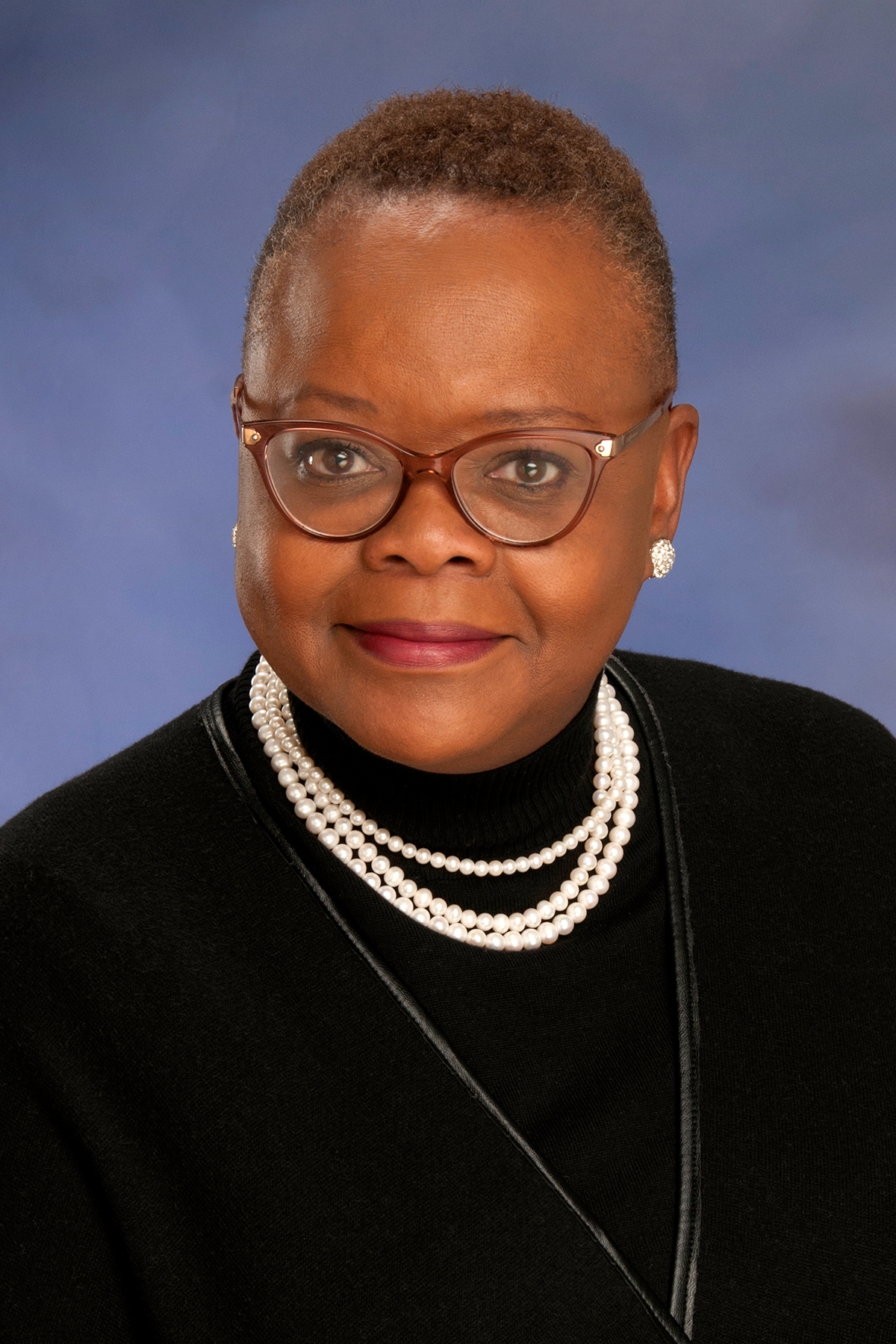
April 29, 2020
By Armenta Hinton, Ph.D., vice president of inclusion and diversity at HACC, Central Pennsylvania’s Community CollegePublished in PennLive, April 29, 2020
As we experience COVID-19 and hope for the best, it has been said this crisis is the great equalizer impacting people from every walk of life, economic strata and racial identity. Although in Pennsylvania, the outbreak initially hit affluent, predominately White Montgomery County, we are discovering that it is having historic consequences on poor, minority and disenfranchised communities, particularly in urban areas. It is likely that time will prove COVID-19 has dramatically altered the lives of those with little by leaving them with even less.
Researchers suggest that racial, health, education and economic disparities are a result of deep historic choices and structural inequities. The ability to engage in the social contract of being responsible to one’s self and community differs depending on one’s access to resources and position in society. In other words, it may not be possible to shelter in place or work from home for those without shelter, a home or adequate resources.
In a recent Philadelphia Inquirer article, statistics showed that African Americans in Philadelphia made up 50% of the confirmed COVID-19 cases compared to White residents, who accounted for 33%. Philadelphia is approximately 44% African American, suggesting this early data demonstrates the virus is over-performing in that community faster than other communities within the city. The effects will be dire because of underlying health conditions, centuries of healthcare neglect, and educational and economic inequality. These early data points are not a demonstration of poor choices by disenfranchised and minoritized communities but rather reflect the accessibility of choices offered to them.
Sobering information is emerging about who is affected and how such data reinforce what is known to the disenfranchised, people of color and those of limited resources. This slow and steady drip of racial data confirms their distrust of institutional resources and messaging. In a recent ProPublica article, authors Atilia Johnson and Talia Buford posit that “experts say that the nation’s unwillingness to publicly track the virus by race could obscure a crucial underlying reality: It’s quite likely that a disproportionate number of those who die of coronavirus will be black.”
Health care in the Black community has a well-documented checkered past. The Tuskegee Experiment ended only 48 years ago. J. Marion Syms, the “father of modern gynecology,” perfected his skills on slave women without anesthesia. And, let us not forget Henrietta Lacks. A 2018 study in the Journal of Healthcare Ethics and Administration revealed that Black patients are less likely to be treated the same for pain as White patients. The reasons vary, but generally line up with the bias that Black people have thicker skin and feel pain differently. Is there any wonder they view health care with skepticism and distrust?
Another consideration for people of color is the issue of protective measures. Recommendations from health officials to wear homemade masks presents a Sophie’s Choice dilemma. Do we cover our faces and perhaps be viewed as threatening, or choose to be unmasked to make others comfortable while we risk exposure to the virus? We have to ask ourselves if we want to live or if we want to live. Simply put, when we are walking down the street, standing in our homes or sitting on our sofas we have been viewed as threatening and out of place. Police have been called or have acted in ways to disrupt or end our lives. It is unlikely that biases are deactivated during this pandemic.
Likewise, for our international students, a recent article in The Atlantic by Ibram Kendi on the racial divides caused by COVID-19, states, “Quitting low-wage jobs could mean getting deported. Getting tested could mean getting deported. Getting treated could mean getting deported. And if they are arrested, they could be thrown into ICE’s network of jails and detention centers where the coronavirus is already spreading.”
At HACC, Central Pennsylvania’s Community College, these realities reinforce our commitment to changing lives and legacies. We work tirelessly to be relevant with the clear-eyed understanding that we are inexorably connected to our students and communities. We have our most vulnerable in the forefront of our minds through decisions and leadership moments. COVID-19 is shining a bright light on areas of inequitable practice and policy. We must not shy away from these discoveries, but diligently remove as many impediments to education and well-being as possible. Inclusion and equity demand that we meet people where they are and provide solution-focused leadership and institutional support.
There is an old saying in the African-American community: “When America gets a cold, Black America gets pneumonia.” This resonates today as it demonstrates the racial disparities caused by centuries of institutional decisions that continue to lead to poor generational outcomes for marginalized communities. From where I sit, HACC refuses to be a part of that narrative. By centering equity, we are part of the solution.
Armenta Hinton, Ph.D., is vice president of inclusion and diversity at HACC, Central Pennsylvania’s Community College.
Please click the links below to share the latest #HACCnews on YOUR social media sites.
